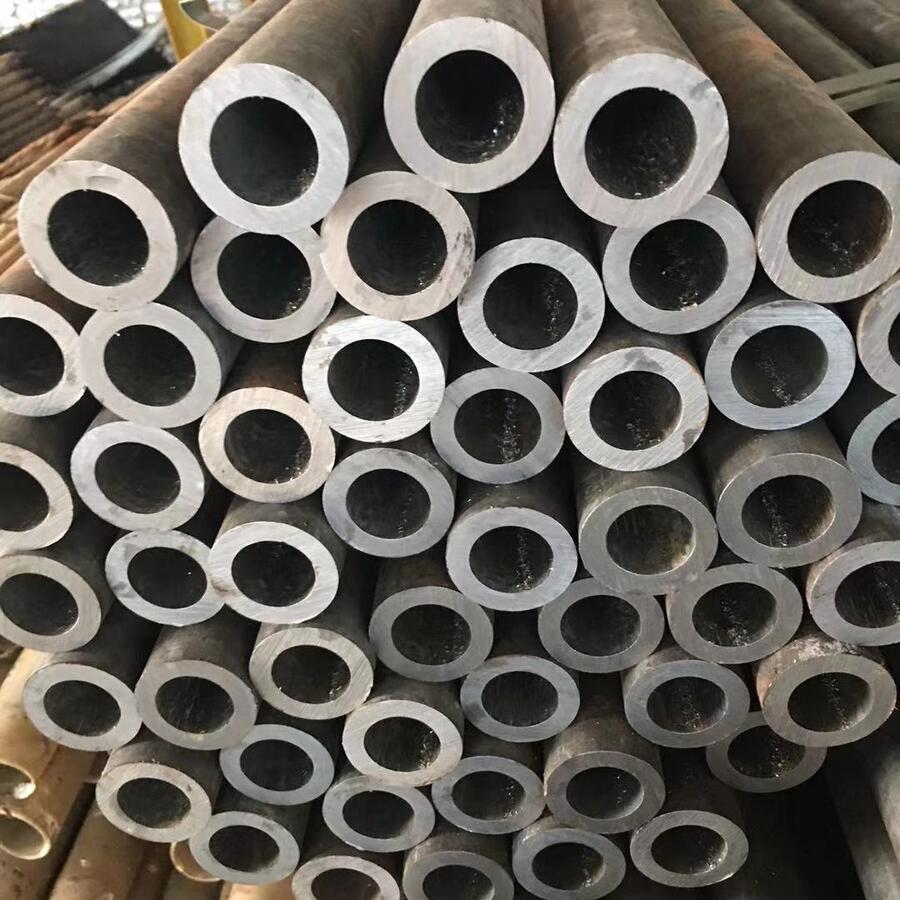Dans la métallurgie moderne, le usine de laminoir continu constitue la pierre angulaire de la production industrielle de métaux. Ces installations intègrent des machines de haute précision pour transformer le métal brut en feuilles, barres, ou des coils d'une consistance inégalée. Cet article approfondit les principes d'ingénierie, paramètres opérationnels, et applications commerciales de ces systèmes, avec des références à des solutions d'avant-garde de Division laminoirs de HANI TECH et spécialistes des équipements métallurgiques.
1. L'anatomie d'une usine de laminoirs continus
UN usine de laminoir continu comprend généralement plusieurs supports tandem qui réduisent séquentiellement l'épaisseur du matériau. Les sous-systèmes clés comprennent:
- Dérouleurs pour l'alimentation en matière première
- Brise-calcaire pour éliminer les oxydes de surface
- Fraises à bordures pour le contrôle de la largeur
- Lits réfrigérants pour la gestion de la température
Selon la documentation technique de HANI TECH, les installations modernes atteignent des tolérances de ± 0,005 mm grâce à l'AGC hydraulique avancé (Contrôle automatique de la jauge) systèmes.
2. Paramètres techniques critiques
La performance d'un usine de laminoir continu dépend de nombreuses spécifications techniques. Vous trouverez ci-dessous un tableau complet comparant les paramètres standard de différents types de broyeurs.:
| Paramètre | Laminoir à chaud | Laminoir à froid | Moulin à tige |
|---|---|---|---|
| Vitesse de roulement maximale | 25 MS | 42 MS | 120 MS |
| Gamme de diamètre de rouleau | Φ800-1400mm | Φ450-650mm | Φ150-300mm |
| Température de roulement | 900-1250°C | 20-150°C | 950-1100°C |
| Capacité annuelle | 1-5 millions de tonnes | 300,000-1M tonnes | 500,000-2M tonnes |
| Consommation d'énergie | 45-65 Kwh / tonne | 120-180 Kwh / tonne | 90-130 Kwh / tonne |
3. Systèmes de contrôle avancés
Contemporain usines de laminoirs continus utiliser une automatisation sophistiquée:
- Contrôle d'épaisseur basé sur PLC avec temps de réponse
- Systèmes de détection de forme à l'aide de profilomètres laser
- Maintenance prédictive grâce à l'analyse vibratoire
Propriété de HANI TECH SmartMill™ la technologie réduirait les taux de rebut de 18% grâce à l'optimisation des paramètres en temps réel.
4. Considérations sur la science des matériaux
Les propriétés métallurgiques des produits laminés dépendent de:
- Comportement de recristallisation lors du laminage à chaud
- Effets d'écrouissage lors du laminage à froid
- Evolution de la structure des grains à travers plusieurs passages
Comme démontré dans les études de cas de HANI TECH, un refroidissement approprié entre les cages peut améliorer la résistance à la traction du produit final en 12-15%.
5. Industrie 4.0 Intégration
Menant usines de laminoirs continus incorporer maintenant:
- Simulations de jumeaux numériques pour l'optimisation des processus
- Systèmes de détection de défauts basés sur l'IA
- Suivi de la qualité basé sur la blockchain
L'intégration de ces technologies réduit la consommation d'énergie jusqu'à 22% tout en améliorant la cohérence du produit.
Pour les composants spécialisés tels que les rouleaux de travail ou les systèmes hydrauliques AGC, les fabricants aiment Hani Tech proposer des solutions personnalisées avec des indices de dureté allant jusqu'à 85 HSD et finitions de surface de 0,1μm Ra.
Alors que la demande mondiale de produits métalliques de précision augmente, le usine de laminoir continu continue d’évoluer grâce aux innovations en matière d’automatisation, science des matériaux, et pratiques de fabrication durables.




